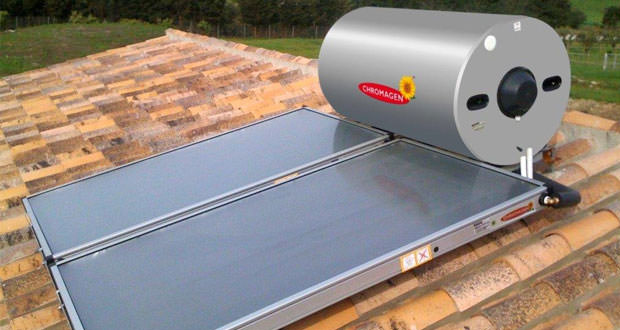How to design green buildings
Designing and building a sustainable building is a fairly complex task due to the complexity of the evaluation of the parameters of the products with low emissions of pollutants. A sustainable building aims to protect the place, the resources and the protection of health.
One of the most complicated but crucial is the analysis of the climatic, geographical and morphological soil. You will need to choose an area devoid of underground streams and geological faults. There should be absolutely no traces of volcanic activity, emissions of radioactive gases or changes in magnetic fields.
To enjoy clean air you will have to build the building away from industrial areas or high traffic, possibly in a natural setting. Remember that the structure will have very good sound insulation regardless of where it will be built.
In order to become integral parts of the environment will need to understand what are the sources of energy available in the area and use the technologies to monitor the conditions inside the structure. Consider then carefully what materials to use. Privileged those produced locally, are natural and less polluting.
Choose plants with low power consumption, limiting the presence of magnetic fields, and avoid heat loss. Make a thorough study of the orientation of the building in order to have the best various places to maximize the solar radiation. This will help to reduce the sources of artificial light giving way to daylight.
The masonry must ensure heat buildup and damping of the same to enjoy comfortable conditions both in winter and in summer. The walls should be porous and allow water vapor diffusion. That outside will filter out the toxic atmosphere and have a short time to dry.
Paints, adhesives, and paints typically contain toxic fumes harmful to the respiratory system. The installation of constructed wetlands will allow you to use the outgoing waters for irrigation or flushing the fluids in general, contributing to significant water savings.
Do not forget the psychological aspect of the environment. Give birth to a harmonious construction, compared with the proportions of the rooms. Create open spaces in order to avoid the rumble in the rooms.






